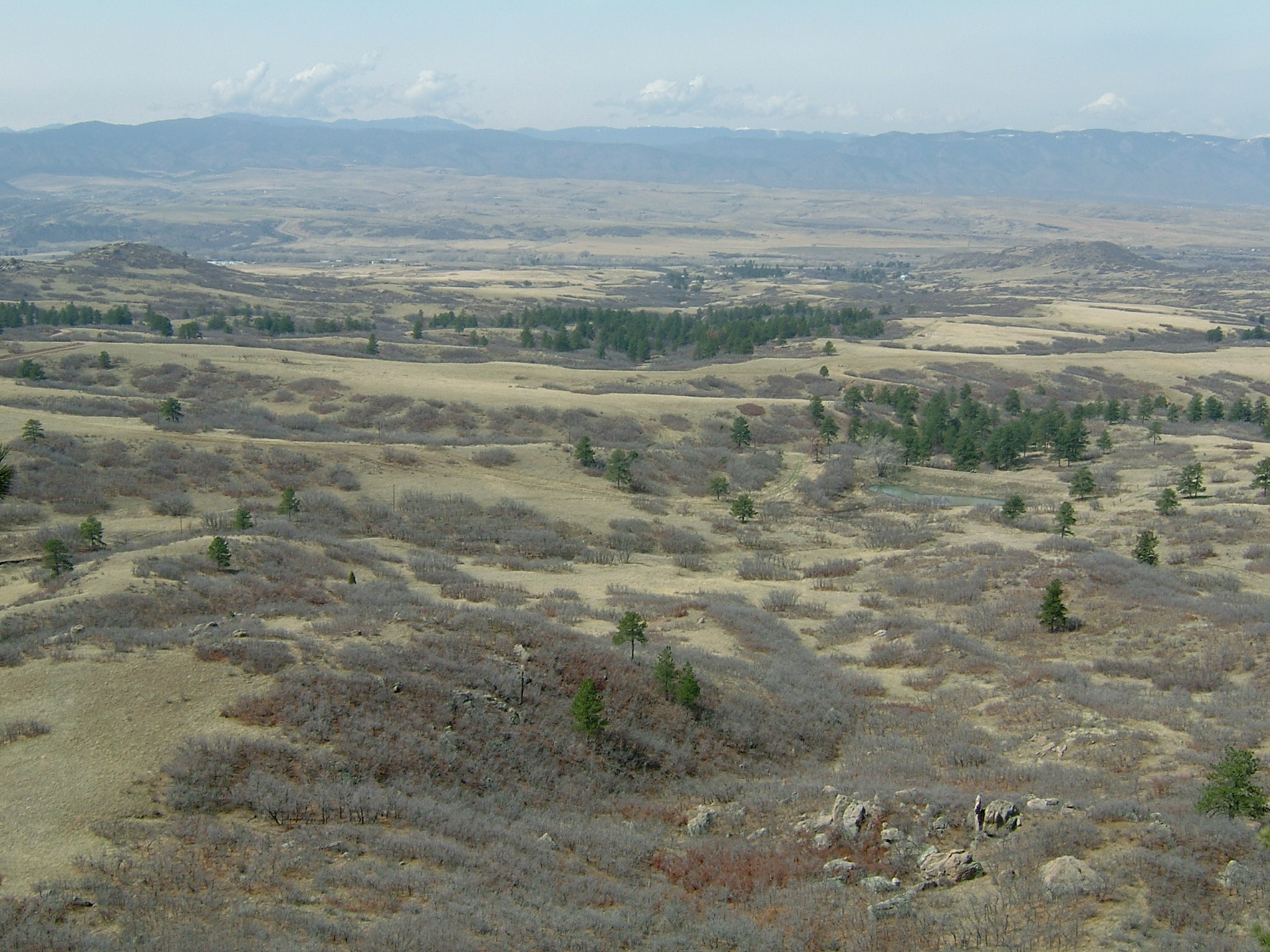As Published in Horse Connection Magazine – Legal Lead Column, February 2006. Reprinted with Permission.
MARC C. PATOILE, ATTORNEY AT LAW
Thinking of selling your horse property, but not quite ready to see it developed? Just received a sky rocketing property tax bill? Concerned about what estate taxes your heirs would have to pay on your ranch in the event of your death? A conservation easement could be the answer. Land conservancy groups offer a variety of economically viable options to landowners who wish to protect their land, regardless of the size of the parcel or the zoning of the land. This article will help you spot issues to determine if such a transaction might be worth exploring for your property. Our law firm has had the privilege of providing legal advice on hundreds of conservation transactions between landowners and land trusts, specializing in matching landowners with land trusts, landowners with experts, and ensuring that landowners may take advantage of local, state, and federal tax incentives for conservation.
Most likely, you have heard of a conservation easement. But what is a conservation easement and what does it do? As Colorado Governor Owens stated in his inaugural address, conservation easements are an important tool used to protect both open space and private property rights, all at lower cost than outright purchase of property. A deed of conservation easement is a legal agreement signed by a property owner and a qualifying organization such as a land trust, (Douglas Land Conservancy, for instance) or a governmental entity (such as a town or county). The deed of conservation easement is recorded in the county clerk and recorder’s office. This deed permanently subjects the property to a conservation easement that restricts and/or prohibits uses of the property that would significantly impair or interfere with the conservative values of the land. In our part of Colorado, this means most, if not all, subdivision and development rights are given up, along with the right to engage in most commercial uses (surface mining or large scale feed lots are good examples). Historical uses of the property, including ranching, hunting and existing residences are allowed under most easements. Conservation easements stay with the title to the land from owner to owner, ensuring permanent protection of property.
Each conservation easement, like each property, is unique. The landowner may agree to reserve certain uses. In some cases, very limited development is allowed (such as a ranching family retaining the right to build a new home for one of their children). This is determined on a case-by-case basis and always takes into account the conservation values of the property being protected. Public access is not a requirement of a conservation easement. Many families grant easements so that they will be able to pass down their treasured property for future generations to enjoy.
Most conservation easements are donated by landowners who simply wish to see their property stay as open space. For those who donate easements, there are very favorable tax incentives. Assuming the owner raised nothing in exchange for the donation (whether it be money or otherwise), the value of the development and other rights given up to a qualifying organization may generally be treated as a donation to charity for state and federal tax purposes. Depending upon the situation, there may also be estate and property tax incentives. In very limited cases, conservation easements can be sold, paying landowners for the conservation easements allowing them to stay on the land and continue traditional uses. This approach has been effective with agricultural landowners across the nation. Consult legal and tax advisors on these important caveats.
Other land conservancy options include: land acquisition partnerships, pre-development counseling, life estates, and donations of property. Speak with your attorney or land conservancy organization about what might be possible for you, before you resign yourself to selling the family farm.

Marc C. Patoile is a shareholder with the regional law firm of Folkestad Fazekas Barrick & Patoile, P.C., with offices in Castle Rock, Colorado. He can be reached at 303-688-3045 or patoile@ffcolorado.com. The firm assists clients with Douglas County conservation easements and Colorado conservation easements throughout the State of Colorado.
This article is provided for informational purposes only, is not intended to provide any legal advice, nor is it intended to create an attorney-client relationship between you and Folkestad Fazekas Barrick & Patoile, P.C. You should not act or rely on any information in this article without seeking the advice of an attorney.






